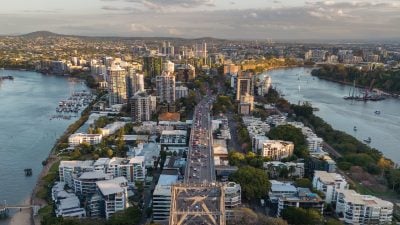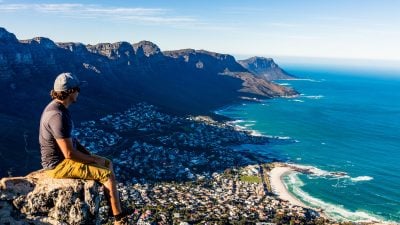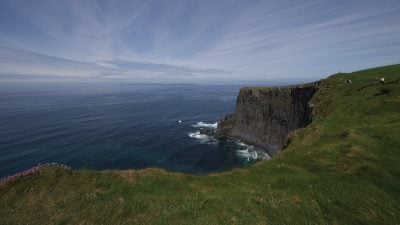Home / UK & Europe / Slovenia / Exceptional Scenery, Culture, …

Exceptional Scenery, Culture, and Charm Can Be Found on a Slovenia Vacation
Consider a Slovenia vacation on your next trip to Europe.
Originally part of the old Yugoslavia, Slovenia has emerged as a first-class travel destination and has been compared to Austria, with which it not only shares a border but also has comparable attractive features.
Ljubljana
My first port-of-call in Slovenia was the capital, Ljubljana (pronounced Loobliana). I was immediately struck by the relaxed and friendly atmosphere. The sun was shining and the whole city seemed to be enjoying spending time at outdoor cafes and restaurants. I was to discover later that this is a way of life in Ljubljana, reminiscent of Paris in that respect. That said, this city shares similarities with Salzburg in Austria. There is a dominating castle in the centre located high on a hill overlooking the city and there is a similarity in the architecture of the older historical buildings. One wonderful attraction in Ljubljana is the river which runs through its midst. This is the very attractive Ljubljanica River which cuts right through the centre of the city. The new city and modern commercial core lies to the west of the river, while the old city and castle are located on the east side. Although not very wide, it has a charming character. This is mainly due to the tree-lined banks which have numerous open-air terraced restaurants and cafes where both the locals and visitors alike can relax and enjoy the beauty of their surroundings. At night, this is a lively place to visit while on a Slovenia vacation. The river is enhanced by a number of very unique and attractive bridges that straddle it. One called The Triple Bridge consists of three separate picturesque bridges located next to one another. Another is The Dragon Bridge which is guarded by four dragon statues from the city’s coat-of-arms. There are several other bridges all equally different.
The aforementioned castle, most of which dates back to the 16th century, literally seems to hang over the city centre on top of a hill highly visible from almost everywhere. To access the castle, you can take the funicular from the old town or one of the three main walking routes. Once up on the top of the hill, you will have fantastic panoramic views of Ljubljana. In the castle itself, there is a watchtower, a chapel, an interesting exhibition on Slovenian history, a Time Machine tour, a puppet theatre, and two restaurants. Sandwiched between the river and the castle hill is the old town with well-preserved medieval buildings which house boutique shops and a number of restaurants and cafes. You can meander off the main street here and explore the narrow alleyways and lanes which can reveal something such as a small square or historic building.
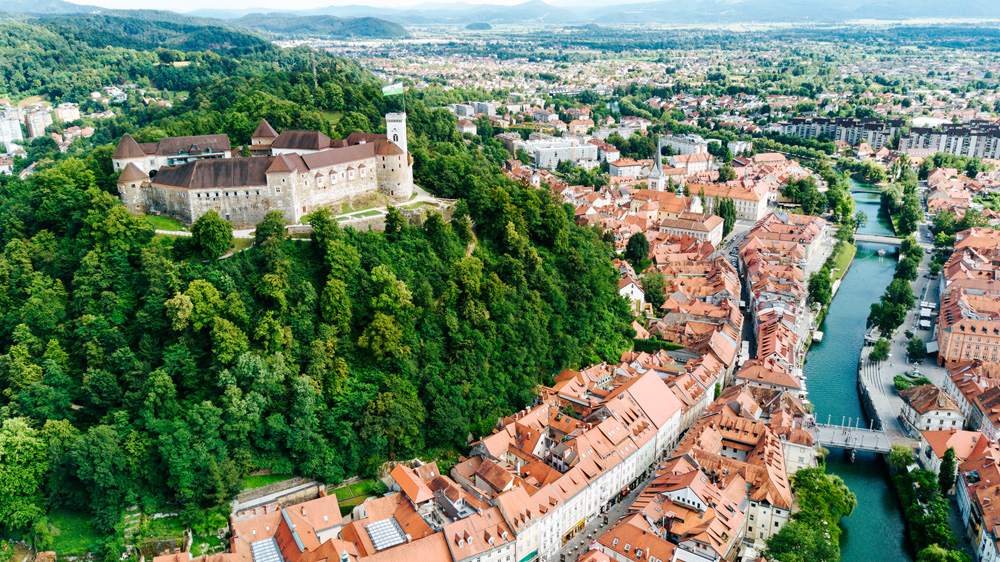
Preseren Square is the heart of Ljubljana and is one of the city’s most important landmarks to be found on a Slovenia vacation. It is named after Slovenia’s national poet, France Preseren (1800-1849) and is a popular meeting place and site for concerts and events during the summer. The squares’ Preseren Monument depicts the great Slovenian poet along with a muse holding a sprig of laurel above his head. There are some interesting buildings in the square including the beautiful Art Nouveau Urbanc House, an extraordinary piece of early 20th-century flamboyance. Another similar example is Hauptman House and the Mayer Palace. The latter has now been converted into a department store.
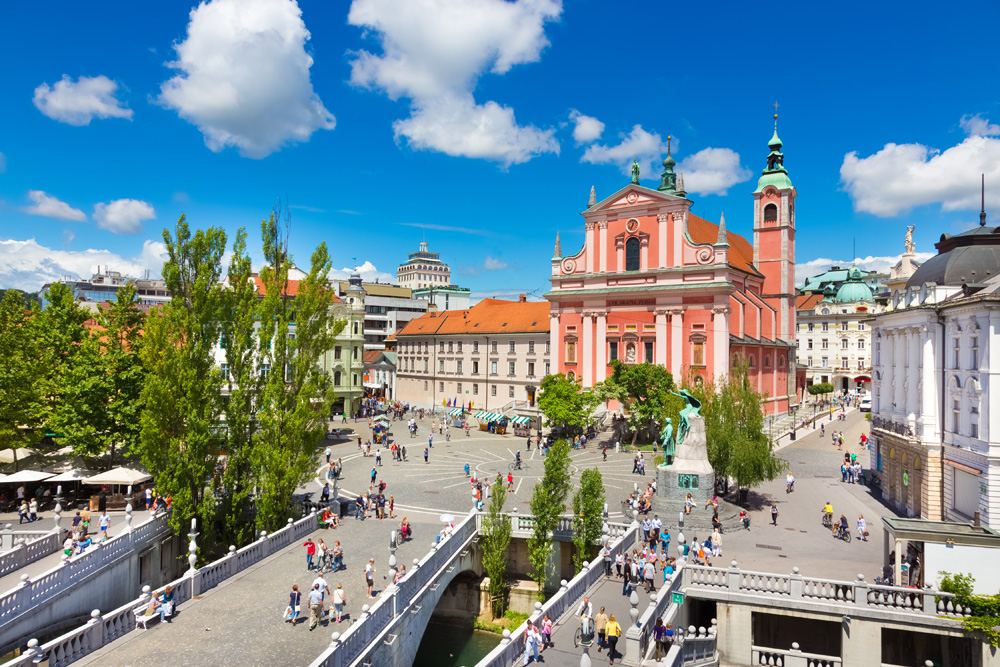
Tivoli Park is Ljubljana‘s largest and most beautiful park stretching right into the city centre. This extensive charming park offers tree-lined walks, ornamental flower beds, and numerous statues and fountains. There is also a promenade which has become a well known outdoor venue for exhibitions of photographs. When it comes to culture, Ljubljana has plenty to offer every interest. There is a delightfully designed opera house with regular performances of opera and ballet. For art lovers, there is the National Gallery, with permanent collections that include the works of some of the best and most renowned Slovenian Impressionist painters. The National Museum of Slovenia stores a rich collection of valuable objects, the oldest going back to the Stone Age. The permanent exhibition brings together objets d’arts from the 14th century to the present day. The National Museum of Contemporary History in Tivoli Park is Slovenia’s 20th-century history museum that gives you a real sense of the country’s roller-coaster ride through time. The City Museum of Ljubljana I thought to be excellent. It focuses on Ljubljana’s history, culture, and politics via imaginative multimedia and interactive displays. There is a reconstructed street that once linked the Roman colony of Emona (today’s Ljubljana) to the Ljubljanica River.

One unusual neighbourhood is called Metelkova City. The best way I can describe it is to compare it to the San Francisco neighbourhood of Haight and Ashbury of the 60s. It is a self-declared area for what you might term alternative youth culture consisting of street art, bars, and clubs. It is fun to walk around and you can also visit two bona fide cultural centres here, the Museum of Contemporary Art and the aforementioned National Museum of Slovenia.
Postonja Cave
On your Slovenia vacation, it is imperative to take a day to head to the Postojna Cave system which is located about a 40-minute journey from Ljubljana. This cave is possibly the most popular attraction on a trip to Slovenia and the most visited cave in Europe. It is easy to see why it is an amazing natural phenomenon. The cave itself is 20 kilometres/12.5 miles long. You begin with a 2 kilometres/1.2-mile ride on an open carriage miniature train deep into the caves. During your ride, you see stunning stalactites, stalagmites, and other incredible geological formations as well as wildlife such as the salamander-like animal that lives only in these specific caves. There are also many different kinds of insects and other amphibians that are unique to a cave environment. A tour includes a walk of about 1 kilometre/half a mile through a fantastic web of tunnels, passages, galleries and halls. Not to be missed.
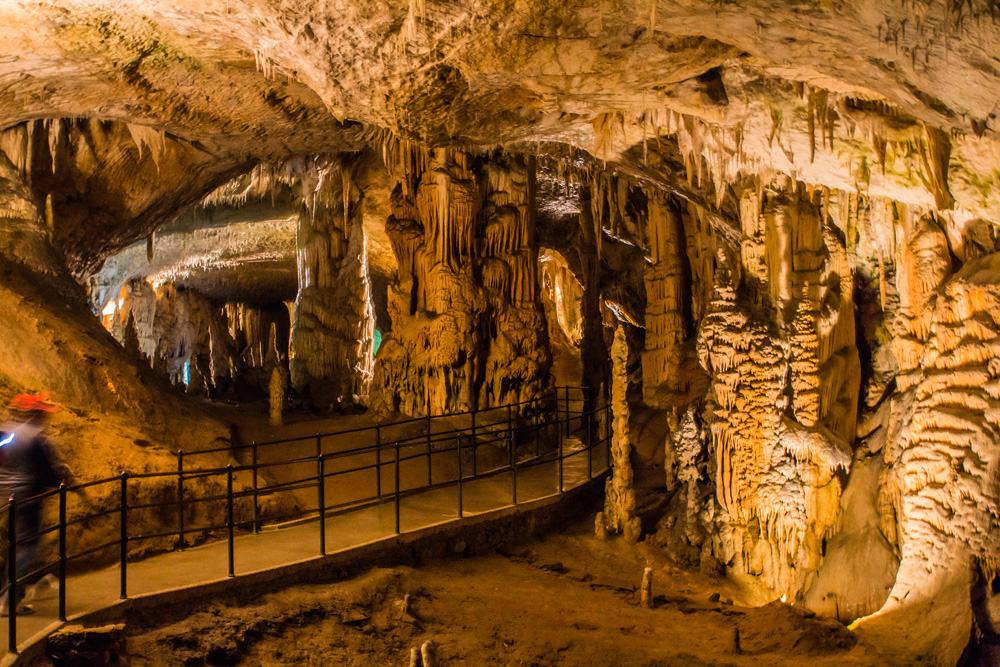
Predjama Castle
Not very far from the Postojna Cave is Predjama Castle, a magnificent Renaissance castle. What makes this castle unique is the fact that it is built inside the mouth of a cavern halfway up a cliff. Its four storeys were built over the years from 1202 AD, but most of what exists now is from the 16th century. It has a look of being impregnable to invaders. The castle used to be home to a knight who was known as the local “Robin Hood” in the 15th century, as he stole from the rich to give to the poor. You can have a tour of a secret tunnel which served as a supply route when the castle was under siege.

Lake Bled
Located in the north west of Slovenia, Lake Bled is a beautiful emerald-green lake with a pretty church on an islet, a medieval castle that clings to a rocky cliff, and some of the highest peaks of the Julian Alps in the background. It is Slovenia’s most popular resort for simply enjoying the scenery. You can rent a boat, on your Slovenia vacation, and row around the lake. Plus, there are more active pursuits available such as hiking, biking, and water sports. The lake itself measures 2 kilometres/ 1.2 miles by 1.4 kilometres/.9 miles. It is possible to take a 6 kilometre/3.6 mile walk along the shoreline. Bled Island in the middle of the lake contains the Church of the Assumption and a small museum. Traditional wooden boats, called pletnas, have been taking visitors to the island in the middle of the lake for centuries and are operated by standing rowers.
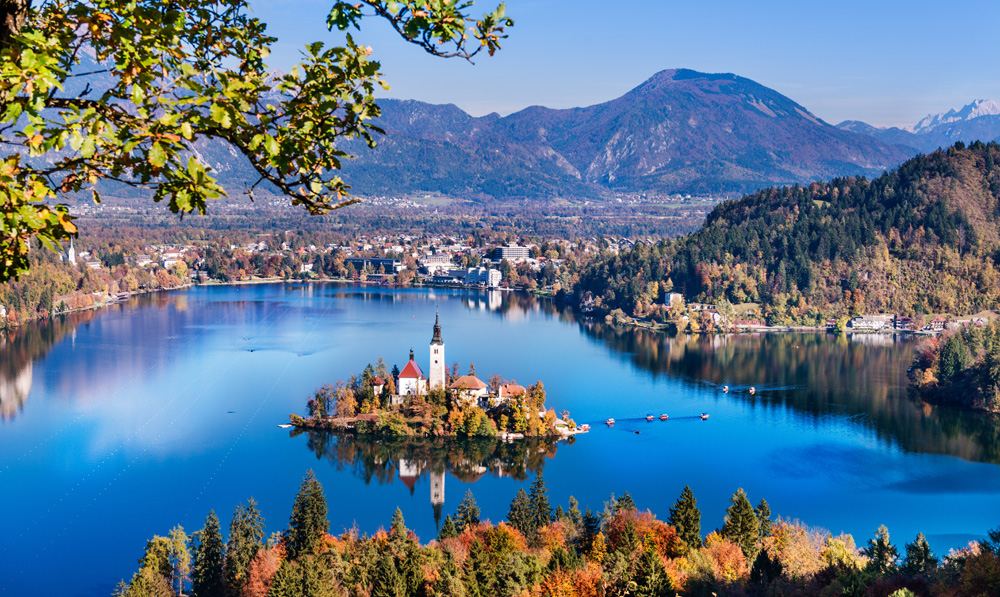
Piran
If you want to enjoy time in a seaside resort on a Slovenia vacation, picturesque Piran is the country’s major resort on the Adriatic Coast. Sitting on a peninsula, the sea surrounds most of the centre of Piran. Reminiscent of Dubrovnik, it has its city walls from which you can see the Old Town. This is one of the best-preserved historical towns on the Adriatic due to its Venetian Gothic architecture and its atmospheric winding alleyways. One of Piran’s most outstanding buildings is the red mid-15th century Gothic-styled Venetian House. Another is the Cathedral of St. George, built in the baroque style in the 17th century. In the interior is a silver-plated St. George slaying the dragon, and a wooden model of the original church from 1595. Tartini Square, the largest in the city, sits close to the waterfront and is paved with marble and surrounded by elegant 19th-century buildings. You can relax at one of the outdoor cafes and watch the locals go about their daily lives. Piran is known for its sunsets which are magnificent.
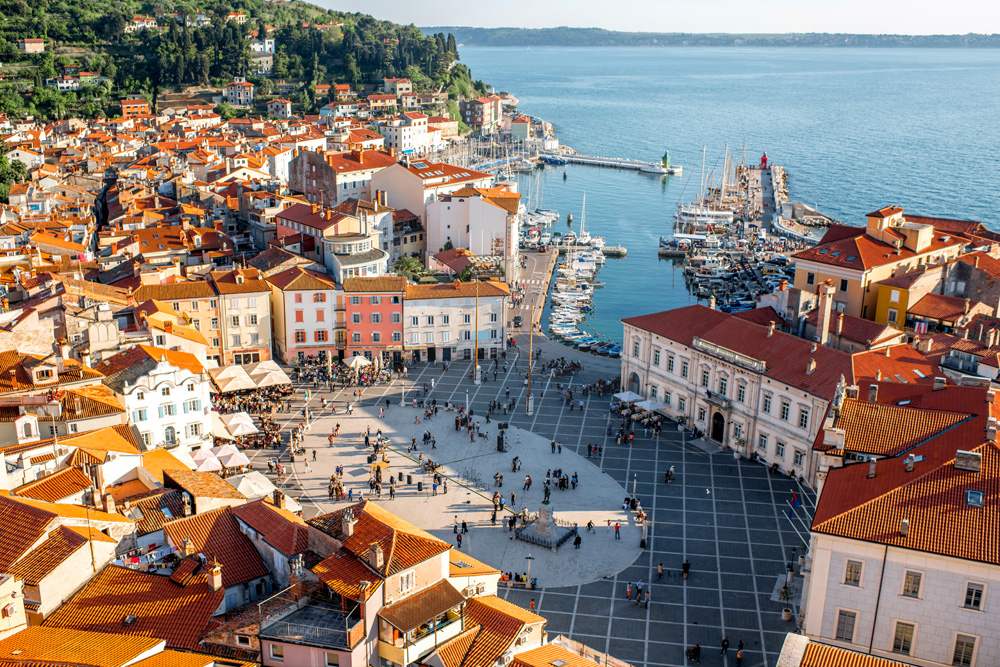
Triglav National Park
The Triglav National Park is the only national park in Slovenia located in the northwestern part of the country and part of the Alpine Massif. Mount Triglav here is the highest peak of the Julian Alps and is situated right in the centre of the park. The park is visually spectacular and contains river gorges, ravines, lakes, canyons, caves, rivers, waterfalls, and forests. Lake Bohinj is the largest permanent natural lake in Slovenia and is stunningly beautiful. A forested walking path takes you around the entire lake. Also in the park is the Savica Waterfall which drops around 80 metres/260 feet into an artificial pool below. The park is home to some beautiful flowers and also wild animals such as red deer, ibex, and brown bears, plus there are over 80 different species of birds including the golden eagle. A different attraction is the museums in the park, two of which showcase architecture and artifacts which portray the life of residents past and present. There are also museums where visitors can learn about archaeological findings and the history of World War I.
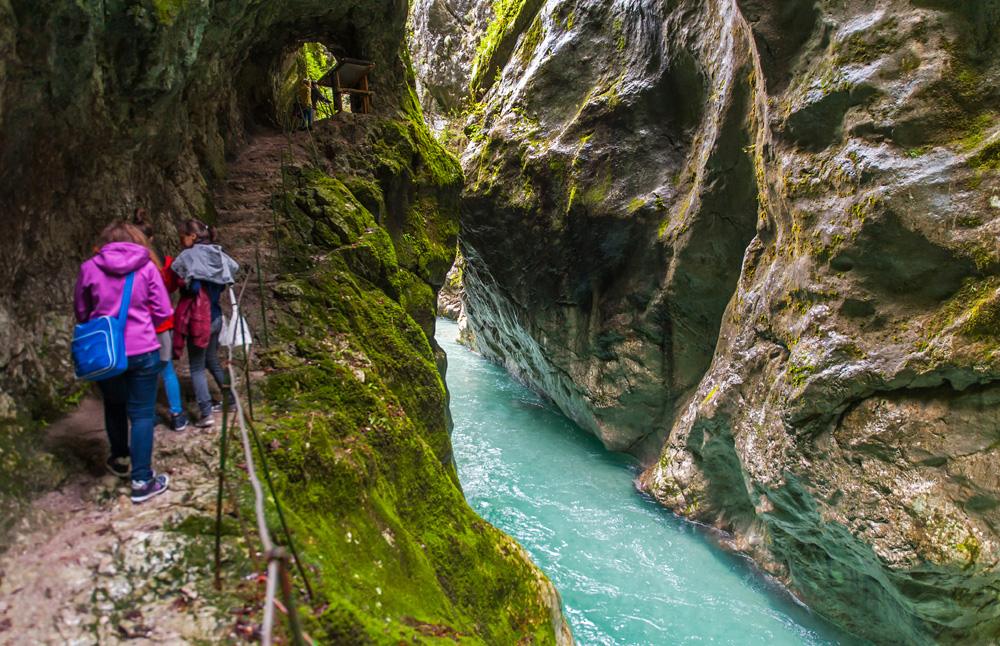
The Salt Fields in Secovlje Salina Nature Park
The salt pans in the Secovlje Salina Nature Park in southwest Slovenia are one of the few places in the world where sea salt is still produced by using a centuries-old method. The work of salt pan workers is a sight to behold as it has been maintained and only slightly updated from the medieval methods. When walking on the park trails, visitors can observe salt being harvested manually by the local workers. For those who wish to pamper themselves, the Lepa Vida Thalasso Spa offers massages and baths where the healing powers of the sea salt are used. The park is uniquely a haven for birds, as there are over 290 species that live here.
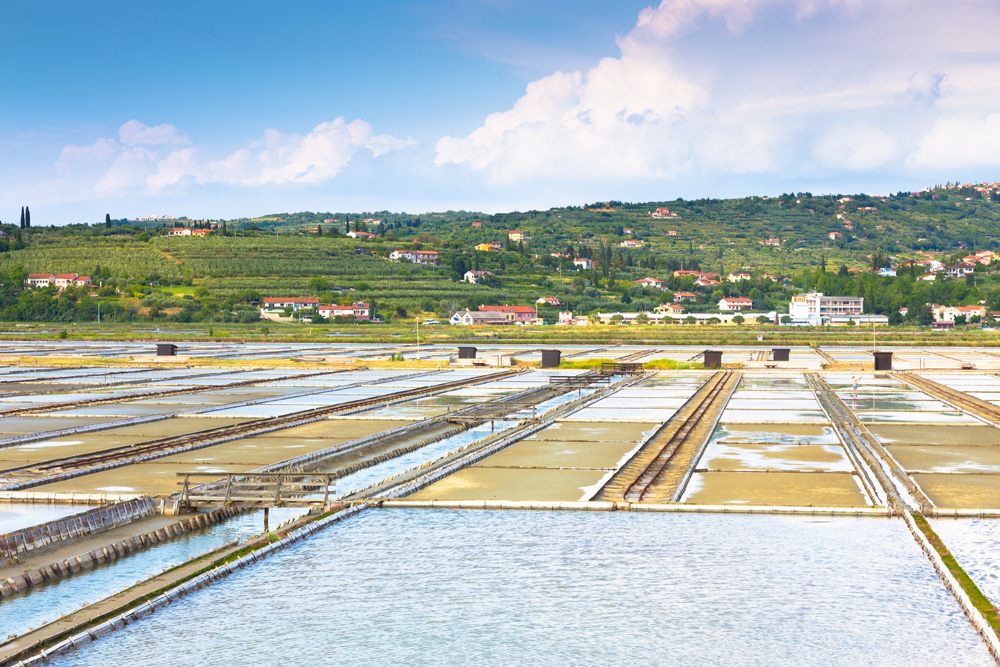
Considering all of the above, there is no doubt that a Slovenia vacation will be a fulfilling experience with a variety of attractions to choose from and enjoy.
Get more travel inspiration by email.
Subscribe
0 Comments

Get the latest travel trends & hear about the best deals on vacations around the world.
If you’re a Globetrotter, these are the newsletters for you!

